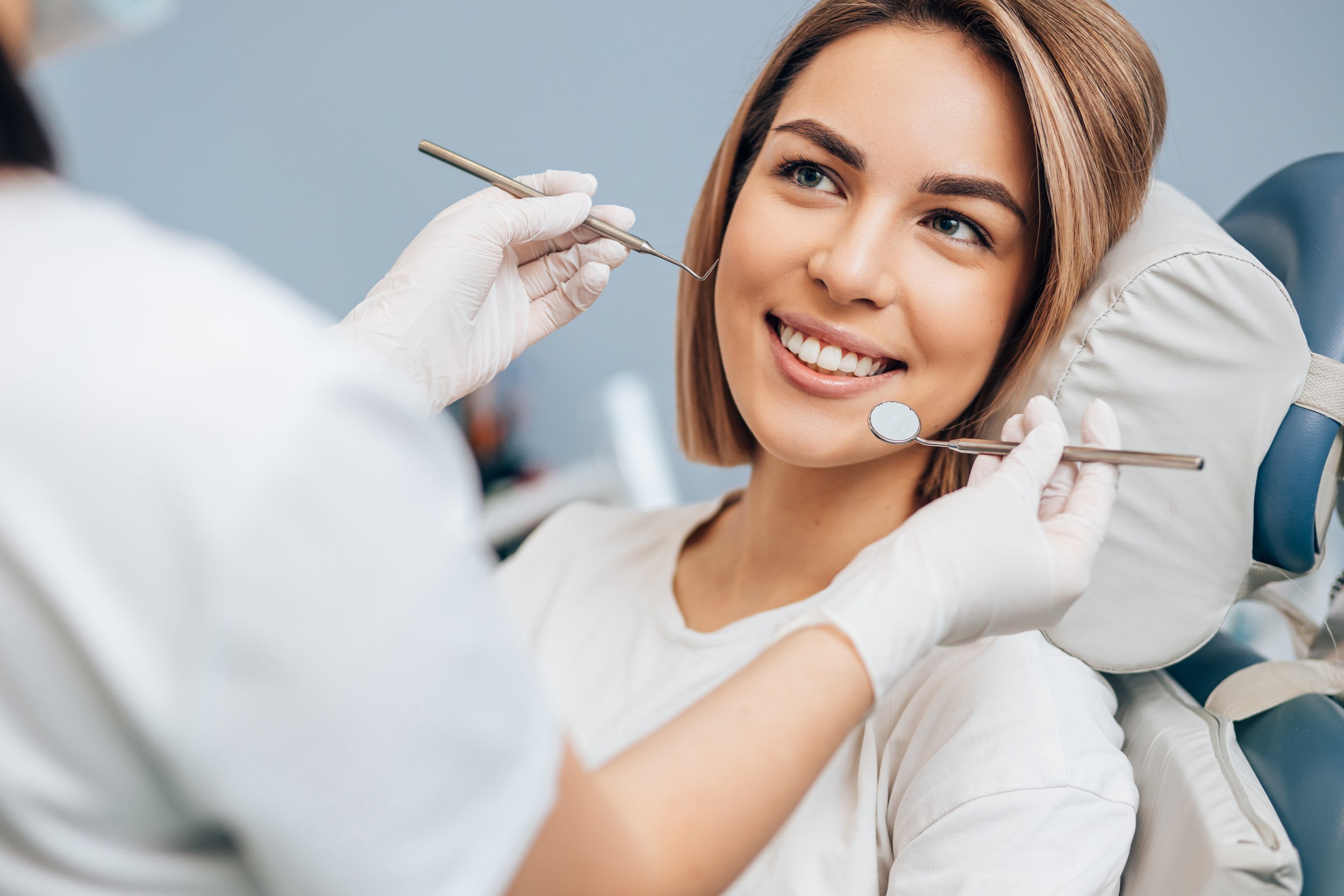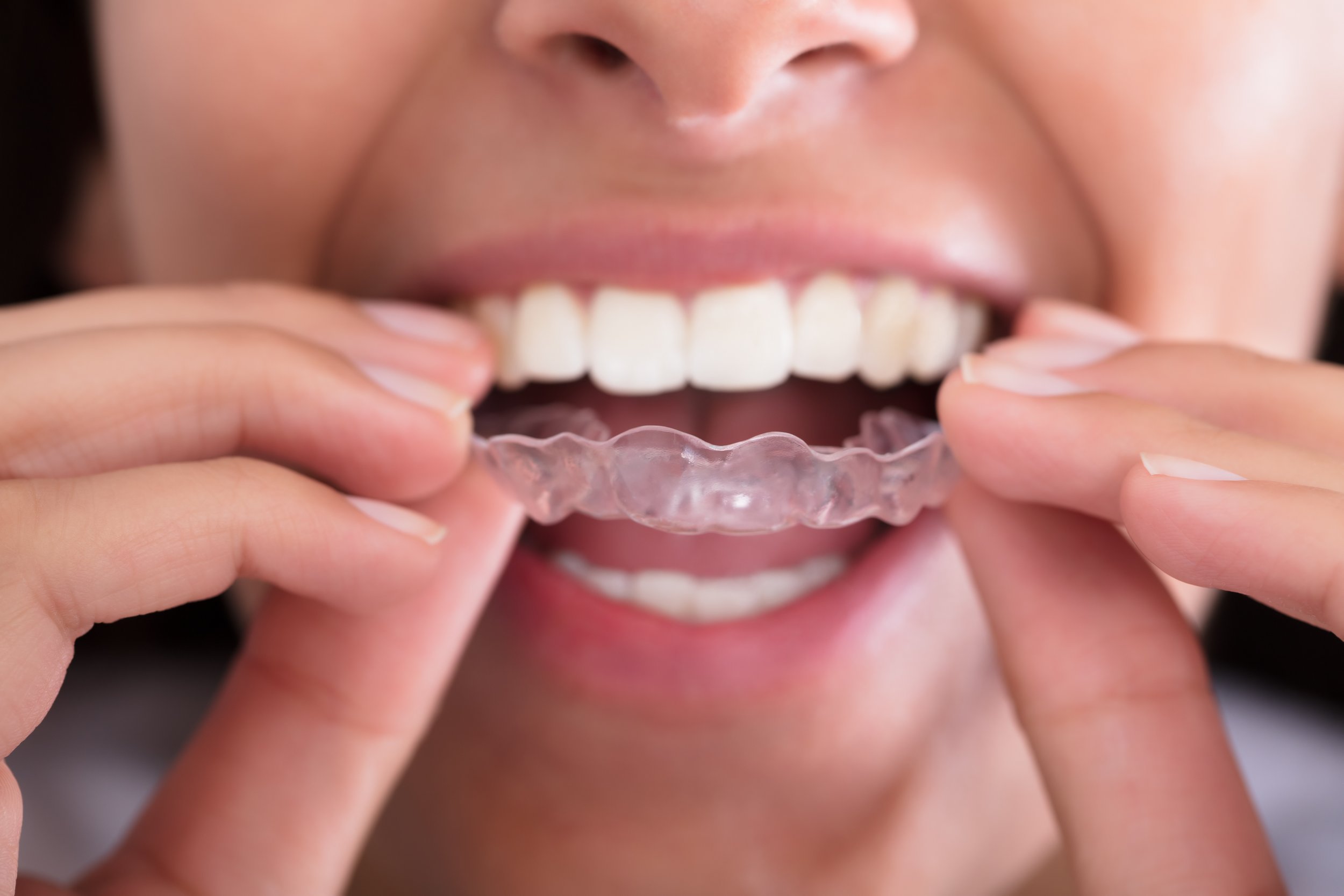Our St Heliers dental practice provides precise, minimally invasive dentistry using the latest materials, techniques, & technology.
Welcome to Natural Smile EastMed Dental
Led by Dr Dave Richards, Natural Smile EastMed Dental is a St Heliers based dental practice that offers precise, minimally invasive dentistry that preserves more natural tooth structure by using the latest dental materials and ‘best practice’ techniques for our patients.
Dave’s vision and passion was to build a surgery that looks after the people of the community from all backgrounds with a high level of care given to all.
Please feel free to drop past and check the clinic out. We are the only dentist based within East Medical Centre.
Services.
What our patients have to say
Contact.
188 St Heliers Bay Rd,
St Heliers,
Auckland, 1071
Opening hours.
Monday – Friday: 8am – 5pm
Late night Wednesday on request.
Technology.
Modern dental technology enhances dental treatment, patient comfort, and overall outcomes. Dentistry has evolved in recent times with modern advanced dental technology helping us to create a better dental care experience for patients.
New tools and techniques allow us to offer tailor-made services that are unique to you and your needs. We embrace the best modern dental technology and techniques to offer our patients effective treatment in a more comfortable environment.
Modern technology, such as digital x-rays, same day crowns, and dental implants cut out extra visits to the dentist for more convenient, effective, and efficient treatment.
-
Chairside Economical Restoration of Esthetic Ceramics, or CEramic REConstruction
Cerec has given us the ability to provide you with ceramic restorations (Crowns) all within one visit. The most efficient work flow for us also has great benefits for you. There is no need for mouthfuls of impression trays, no temporary crowns which you can’t eat on for a week or two and only one injection.
How the all-in-one appointment works
The appointment is approximately one and a half hours start to finish.
Step 1: Scan
Instead of taking a base line impression you will only have a to have some scans of your mouth taken with the CEREC Omnicam which is the size of an electric toothbrush. The CEREC Omnicam takes pictures and builds a precise 3D image.
Step 2: Preparation
We will numb the tooth and nearby area we are working on for your comfort. We then remove the existing filling and engineer your tooth to make room for the new restoration.
Step 3: Design
You now get a break from the dental chair. We will analyse the complete scan, and the CEREC software generates restoration proposals. We then digitally simulate a 3D image of your new restoration using the pre and post scans as a guide.
Step 4: Produce
The CEREC grinding and milling unit cuts your new restoration (outside of your mouth) to the specifications of the 3D image simulated on the CEREC software.
Step 5: Glaze
Depending on the particular type of Ceramic the dentist has selected to use for your restoration and the colours of the other teeth in your mouth we may decide to make minor adjustments to your restoration with Ceramic paints. Again this step is completed outside of your mouth. To set the paint the restoration is placed in the CEREC Speedfire which fires the restoration and sets the paint.
Step 6: Cement
The restoration is now ready to be cemented into your mouth.
-
Air abrasion is the use of compressed air mixed with a fine powder and works similar to a mini sand blaster spraying away dental decay.
Air abrasion technology was initially developed in the 1940s by Dr. Robert Black, specifically, for dental cavity preparation. Unfortunately, the restorative techniques and materials available at that time involved the use of silver amalgam, gold or acrylic. These restorative materials did not lend themselves to the type and form of cavity preparation generated by air abrasion. This factor, combined with the introduction of the high speed turbine hand piece in the 1950s and no high velocity suction, essentially pushed air abrasion out of the limelight until its resurgence in the early 1990s. While the use of air abrasion in dentistry was fading in the late 1950s, applications for this unique technology were being developed in other disciplines, primarily industrial in nature. Today, with the development and refinement of composite (white filling) materials combined with the public demand for more conservative treatment options, dentists who want to practice minimally invasive dentistry recognize air abrasion to be absolutely essential in attaining the best results.
How Air Abrasion works
During air abrasion, a fine stream of powder is aimed at the stained or decayed portion of the tooth. This powder is made of silica, aluminium oxide, or a baking soda mixture and are propelled toward the tooth surface by compressed air or a gas that runs through the dental hand piece. Small particles of decay on the tooth surface are removed as the stream of particles strikes them. The particles of decay are then “suctioned” away through a thin tube.
The benefits of Air Abrasion
Removes decay without damage to healthy tooth structure.
Fillings are small, invisible and sealed better than any other type of restoration.
Fillings last longer than any other restoration in dentistry today.
With Air Abrasion there is no heat, no smell, no vibration and no noise providing a more comfortable experience for you.
Fillings have superior aesthetics, seal and longevity.
-
Root Canal Therapy with reciprocating files
As part of Root Canal Therapy the chambers inside your tooth are measured for length and then cleaned and shaped with fine dental files. At Natural Smile eastMED Dental we use a reciprocating file system.
Reciprocating files are made of a nickel-titanium alloy called M-wire that is created by an innovative thermal treatment process.
The benefits of reciprocating files compared to rotating files
More flexibility and resistance to cyclic fatigue – This means you are at less risk of experience a file break in your tooth.
Files are single use which prevents potential cross contamination between and among patients.










